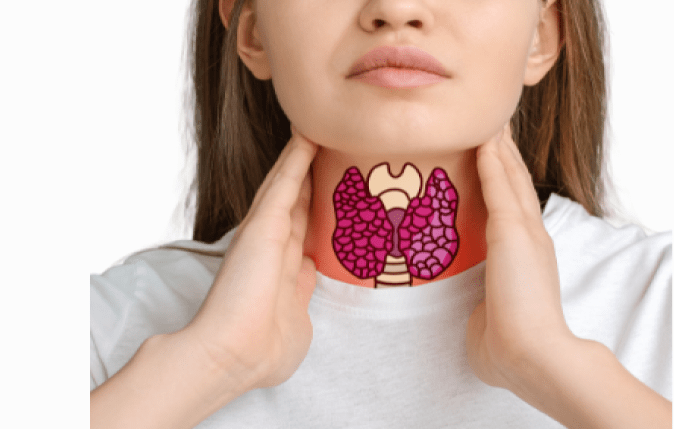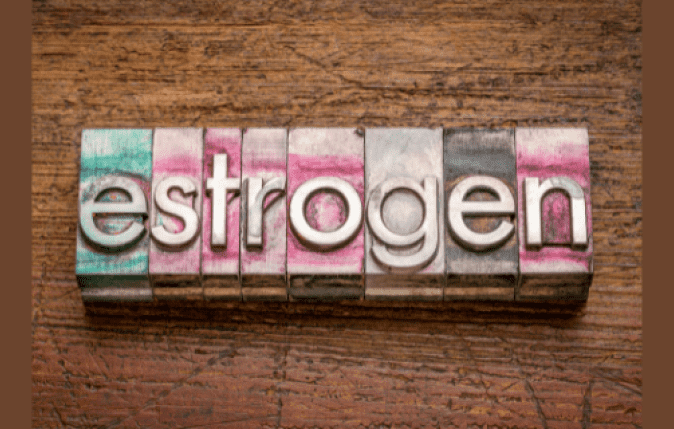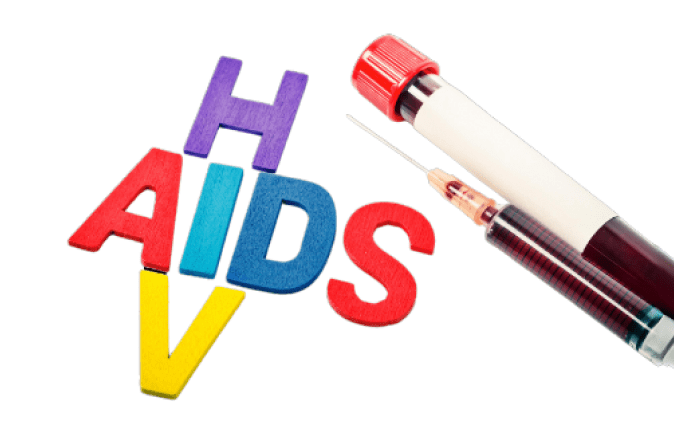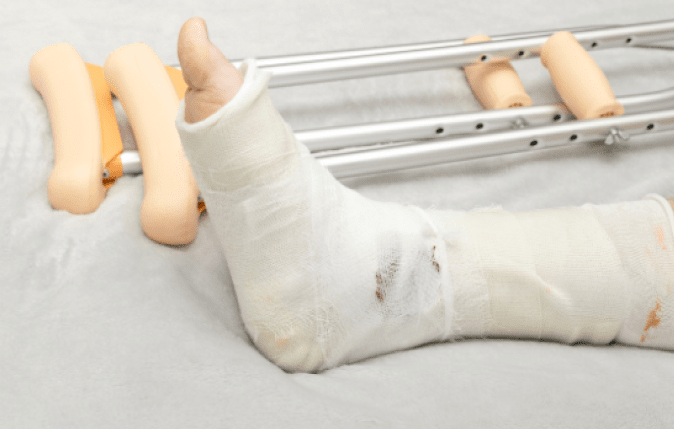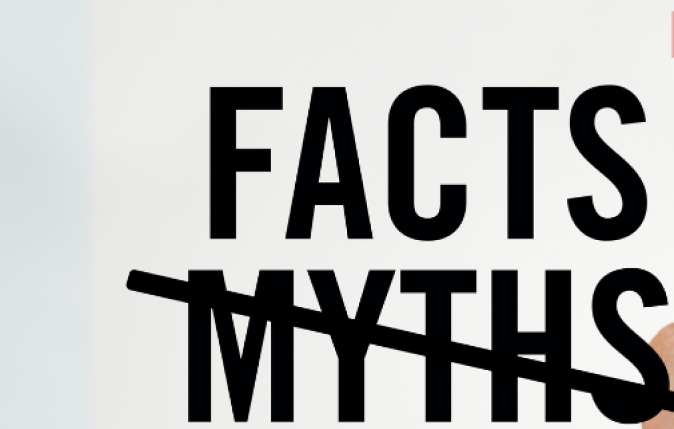Considering PRP Injection Therapy for Knee Pain Relief?
Knee pain and joint problems can significantly affect one’s quality of life, turning simple daily activities into daunting challenges. Traditionally, the standard remedy for severe cases has been knee replacement surgery. However, advancements in medical science have introduced less invasive alternatives such as Platelet-Rich Plasma (PRP) injection therapy. This blog will delve into the specifics of PRP injection therapy, highlighting its advantages over knee replacement surgery, detailing the procedure, and outlining the recovery process.
Understanding PRP Injection Therapy:
PRP injection therapy is an advanced medical procedure leveraging the body’s natural healing mechanisms to address knee pain and joint issues. The process entails extracting a small quantity of the patient’s blood, processing it to concentrate platelets, growth factors, and other healing components, and then administering the resulting PRP directly into the affected knee joint.
Procedure:
- Initial Consultation:
Before undergoing PRP injection therapy, patients typically engage in a comprehensive consultation with their healthcare provider. This involves reviewing the patient’s medical history, conducting a physical examination, and assessing the severity of the knee condition.
- Blood Draw:
Once deemed suitable for PRP therapy, a small blood sample is drawn, usually from the arm. The blood undergoes centrifugation, separating its components and concentrating the platelets.
- PRP Preparation:
The concentrated PRP, rich in growth factors and cytokines, is prepared and collected, ready for injection. This ensures a potent solution promoting tissue repair.
- Injection:
PRP is injected directly into the knee joint using a sterile needle, guided by imaging techniques such as ultrasound for precision. This injection stimulates the body’s natural healing processes, fostering tissue regeneration and reducing inflammation.
Advantages over Knee Replacement Surgery:
- Non-Surgical:
PRP injection therapy serves as a non-surgical alternative to knee replacement, involving no major incisions, reducing the risk of complications, and facilitating a quicker recovery.
- Minimal Downtime:
In contrast to knee replacement surgery, which may entail an extended hospital stay and prolonged recovery, PRP injection therapy often allows patients to resume normal activities more swiftly.
- Natural Healing:
PRP taps into the patient’s own blood, harnessing natural healing mechanisms. This not only decreases the risk of adverse reactions but also supports a more organic and targeted healing approach.
- Potential to Avoid Knee Replacement:
PRP therapy may assist some patients in avoiding or postponing knee replacement surgery, providing relief from pain and enhancing joint function.
Hospital Admission and Recovery Time:
PRP injection therapy’s outpatient nature sets it apart. Unlike knee replacement surgery, often necessitating a hospital stay, PRP injections are typically administered in an outpatient setting. Recovery time varies, but many patients report noticeable improvement within a few weeks. Initial discomfort or swelling is usually temporary.
PRP injection therapy emerges as a promising alternative for those grappling with knee pain and joint issues. It offers a non-surgical solution with minimal downtime and the potential to sidestep knee replacement surgery. While not universally applicable, consulting a healthcare professional can help determine if PRP injection therapy aligns with an individual’s needs. Embracing these innovative healthcare approaches may pave the way for a more comfortable and active lifestyle without resorting to major surgical interventions.



